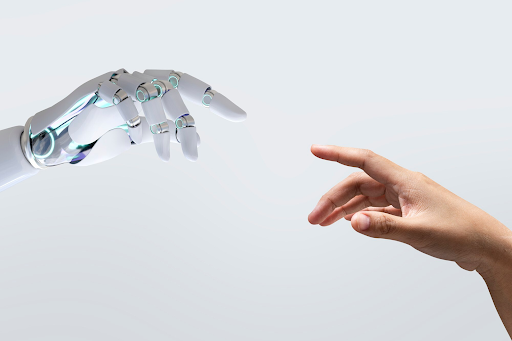What is Masking?
- HEALIS AUTISM CENTRE

- Jul 19, 2022
- 2 min read

Having to pretend to be someone you’re not can be an unpleasant and taxing experience. For many individuals on the spectrum, this is a day-to-day occurrence. Many individuals may “mask” their autism, especially in environments where neurodiversity is not fully accepted. People with ASD often feel that they need to mimic or perform social behaviours that are regarded as neurotypical. Some might even feel the need to repress their autistic traits in order to fit in. Masking is a social survival tactic that varies between individuals.
Here are some examples of how masking can manifest:
Mimicking facial expressions
Imitating gestures
Scripting conversations and responses to questions
Minimizing one’s own interests
Forcing or faking eye contact
Disguising or substituting stimming behaviours
Forcing themselves to withstand intense sensory discomforts
There are a number of reasons why individuals with ASD might mask, such as:
Desiring to have a sense of belonging
Succeeding at work
A desire to have relationships with others
Wanting to avoid stigma and judgement from others
To avoid persecution
It should be noted that masking can have incredibly negative effects. Firstly, studies have shown that autistic individuals who mask were more likely to have symptoms of depression and anxiety as compared to those who did not (Cage & Troxell-Whitman, 2019). An additional study stipulated that those who masked their autistic traits felt unaccepted by people around them (Cage, Di Monaco & Newell, 2018). Secondly, some have described that they feel a sense of self-betrayal and a loss of identity when masking. Lastly, masking can lead to a delayed diagnosis of autism. Some individuals who mask might be so proficient with the skill that they are not able to identify that they do indeed have autism. This could put them at risk for mental health issues as they might not be receiving the support they require.
What we can do to minimize the negative and harmful effects of masking is to work toward a society where atypical individuals are accepted and welcomed as they are. We must seek to understand others, and treat each and every individual with respect regardless of how they communicate or express themselves.
Written by: Aileen
References
Cage, E., & Troxell-Whitman, Z. (2019). Understanding the Reasons, Contexts and Costs of Camouflaging for Autistic Adults. Journal of autism and developmental disorders, 49(5), 1899–1911. https://doi.org/10.1007/s10803-018-03878-x
Cage, E., Di Monaco, J., & Newell, V. (2018). Experiences of Autism Acceptance and Mental Health in Autistic Adults. Journal of autism and developmental disorders, 48(2), 473–484. https://doi.org/10.1007/s10803-017-3342-7
Hull, L., Petrides, K. V., Allison, C., Smith, P., Baron-Cohen, S., Lai, M.-C., & Mandy, W. (2017). “Putting on my BEST Normal”: SOCIAL Camouflaging in adults with autism spectrum conditions. Journal of Autism and Developmental Disorders, 47(8), 2519–2534. https://doi.org/10.1007/s10803-017-3166-5








Comments